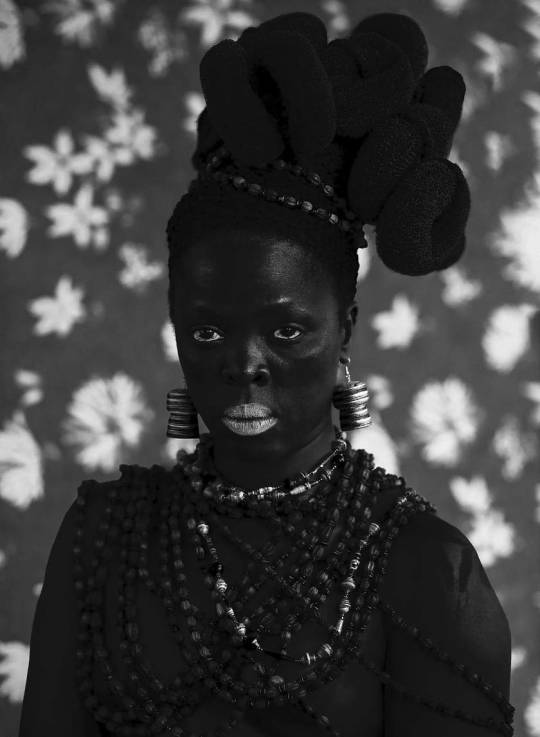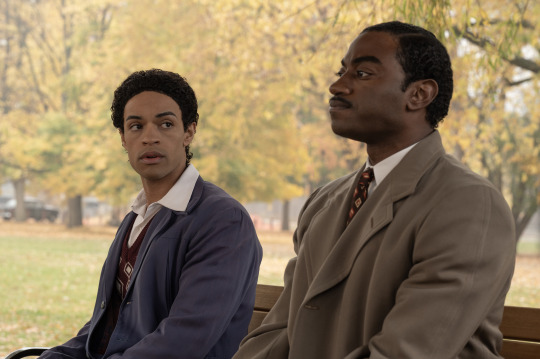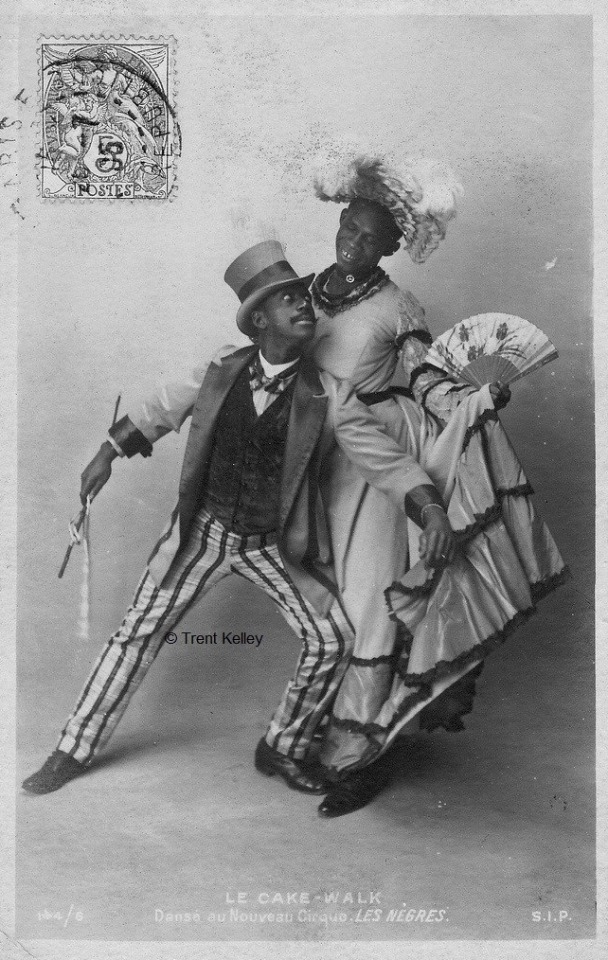#Black queer history
Explore tagged Tumblr posts
Text

Happy 100th birthday to James Baldwin!
James was born 100 years ago today, on 2 August 1924. He was a civil rights activist, and the author of books and essays which explored the lives and struggles of both African-American people, and queer men. One of his most famous works is Giovanni's Room - you can check out our podcast if you'd like to hear more about it!
#james baldwin#queer history#lgbt history#lgbtq#lgbtq history#black history#black queer history#giovanni's room
1K notes
·
View notes
Text

Backstage at Drag Aid at Palladium, NYC, 1986.
photo & caption by Mariette Pathy Allen [website] [instagram]
#mariette pathy allen#drag#drag queen#vintage photography#trans history#queer history#1980s#80s#queer poc#black queer history
130 notes
·
View notes
Text




Zanele Muholi is one of the most acclaimed photographers working today, and their work has been exhibited all over the world. With over 260 photographs, this exhibition presents the full breadth of their career to date.
Muholi describes themself as a visual activist. From the early 2000s, they have documented and celebrated the lives of South Africa’s Black lesbian, gay, trans, queer and intersex communities.
In the early series Only Half the Picture, Muholi captures moments of love and intimacy as well as intense images alluding to traumatic events – despite the equality promised by South Africa’s 1996 constitution, its LGBTQIA+ community remains a target for violence and prejudice.
#zanele muholi#lesbian art#queer art#south african art#Black lesbian history#Black lgbtq history#Black queer history#Black queer art#Black art
177 notes
·
View notes
Note
Hello. Do you know what is a stone butch and what is a stud?
35 notes
·
View notes
Text

BLK Magazine Vol 2, Issue No. 7, July 1990 - First volume published in 1989. Published and edited by Alan Ball.
You can see the full issue here.
14 notes
·
View notes
Text
pinned post; lets go.
essentially a blog where my personal experiences as a (first gen american) black queer person will be talked about through a lens of analyzation, as well as analyzing theory from those who came before me. thats the main purpose, anyway. will also probably get silly sometimes on here. what can i say; its in my nature.
antiblackness and my frustration with it will be a heavy topic here, and mentions of violence, both historical and present, will be mentioned quite a bit here. i will tag it as needed.
transmisogynoir will also be a topic here, and i'll be pulling from black trans women who are essayists, my own birds eye view of it as a black person, and lived experiences of black transfems who i know and love. mentions of violence from this will be properly tagged as well.
the tagging system will probably grow larger as we go along, but let me set out the baseline now:
#sign of my times - my own personal ramblings and vents through an analytical lens. theory will be drawn upon here, but it'll be applied to my own experiences.
#mental digest - analyses of the essays, books, and other such i've read.
#tales from the table - writing about the experiences of others, sometimes collaborating directly with them, sometimes not.
#point n' click - me analyzing antiblackness in media or spaces that were not dedicated to it or written by other black people, but still intrigue me. will be almost entirely my own thoughts on the piece.
#no place like - specifically studying theory, black, queer, or otherwise, from Ghana. it's where my family is from, and the situation over there at the moment for my queer family is dire. sometimes will be my own thoughts on it as well.
#sign of my times#mental digest#tales from the table#point n' click#no place like#black history#black literature#black liberation#black theory#african america history#west african history#black queerness#black queer history
11 notes
·
View notes
Text
#James Baldwin#Black gay writer#civil rights activist#Black Queer History#Black History#Queer History
5 notes
·
View notes
Text
#30DaysofPride: Day 8- Rev. Dr. Pauli Murray
Disclaimer: if I use They and s/he in the same sentence, assume I’m talking about the same person. “Pauli Murray’s personal writings about her gender identity and sexuality have been a recent topic of study. Gender studies scholars are now acknowledging that were Murray living today, she may have identified as a transgender man.” –Pauli Murray as a LGBTQ+ Historical Figure, Smithsonian National…

View On WordPress
#30DaysOfPride#activism#Black Queer History#Civil Rights#lgbt#LGBTQIA#Pauli Murray#queer#queerhistory#trans#trans history#visibility
7 notes
·
View notes
Text
“…he’s done letting me hide which is fine because I’m done hiding too. I won the war against the other world so I’m happy to lose the battle against wanting to touch him. Against letting myself be loved by someone who dares to talk to god.”
“Those Beyond the Wall”
-Micaiah Johnson
#speculative fiction#dystopian fiction#thoughtful#mindfulmoments#inspiring quotes#self love#journal thoughts#a journey to love#black fiction#black fic writer#journal#self positivity#black queer history#love quotes#love quote life quotes#love quote tumblr#micaiah johnson#thosebeyondthewall#unicornthoughts
2 notes
·
View notes
Text
Exclusive Interview: Fellow Travelers stars Noah J. Ricketts & Jelani Alladin "this miniseries is a revolution"
Ron Nyswaner’s exquisitely crafted work of queer historical fiction, Fellow Travelers, is a compelling and deeply moving epic miniseries that takes in the Lavender Scare of the 1950s and follows its repercussions in the lives of those directly affected through the following decades, taking in the post-Stonewall period of liberation in the 70s up to the devastation of the onset of HIV/AIDS in the…

View On WordPress
#black gay actors#black gay characters#Black gay history#Black queer#black queer actors#black queer chacaters#black queer history#fellow travelers interview#fellow travelers Paramount plus#fellow travelers showtime#fellow travellers#fellow travlers paramount+#fellow travlers the queer review#gay#gay history#gay miniseries#gay television#interview fellow travlers#James Kleinmann#jealni alladin#jelani alladin fellow travlers interviews#jelani alladin interview#jelani alladin the queer review#jonathan bailey#lgbt#lgbtq#LGBTQ history#LGBTQ Paramount Plus#lgbtq showtime#LGBTQ TV series
12 notes
·
View notes
Text
queer is a beautiful word with a rich history of resistance. queer was taken back specifically to combat violence from homophobes. queer is fuckin punk. it lets me embrace black queerness and reject rigid boxes imposed by patriarchy and white supremacy. queer is intersectional, unspecific, deeply personal. So it's okay to not use label. But don't try and erase it from our history. Don't try to rebuild the societal boxes we broke out of. we're here, we're fuckin queer, get used to it
#look im talking#like it's okay if it's a slur to YOU#but it rubs me the wrong way when yt tenderqueers insist on removing it from the acronym#ESPECIALLY when they ignore the specific ways black queerness is different#you can't erase the historical significance of it in LGBTQ history#like they always try to downplay it but reclaiming it was so important in the fight against aids#in our zines#in our protests#in our first organizations#and what you're just gonna ignore that?#lgbtq#lgbtq community#lgbtqa#lgbtq pride#lgbtq history#lgbt history#queer#black queer people#black queerness#black queer history#black queer magic#queer representation#queer history#queer artist#gay pride#black queer women#black queer love#black queer artist#lgbtq discourse#oops
15 notes
·
View notes
Text


Nellie Small (right in both pictures) met Edith Meggitt in Sydney in the late 1920s. At the time, Nellie was an out-of-work performer, making ends meet working as a caretaker in a block of flats and running a private library out of her home. Edith was a housewife raising two young children.
The two women immediately became close, and not long after that first chance meeting, Nellie moved in with Edith and her family. She lived with the Meggitts for the rest of her life.
Nellie went on to become a successful male impersonator, recognised throughout Australia as one of the country's best jazz singers, while Edith supported her from the front row of every show, and picked out her socks and ties behind the scenes.
Learn more about Nellie and Edith
[Image source: State Library New South Wales]
#nellie small#queer history#lgbt history#lgbtq#queer#lgbt#black queer history#australian queer history
696 notes
·
View notes
Text

Le Came Walk
Images from Trent Kelley’s “Hidden in the Open: Photographic Essay of Afro American Male Affections”.
The flickr page holds ~200 photographs from the late 19th century and early 20th century.
Kelley writes on his page that: “Some of these images are sure to be gay and others may not. The end result is speculative at best for want in applying a label. Not every gesture articulated between men was an indication of male to male intimacies. Assuredly, what all photographs in this book have in common are signs of Afro American male affection and love that were recorded for posterity without fear and shame.”
First Image: Image the Gay Drag-Cakewalk Dance in 1900.
#trans rights#black trans lives matter#black transgender#black queer#black queer history#lgbtq people#lgbtqa#non binary#drag show#drag race#rupaulsdragcon#rupauls all stars
12 notes
·
View notes
Text

Judge Judith Rice: the first woman commissioner of two of the biggest infrastructure agencies in the City of Chicago government.
#judith rice#judge judith rice#lgbt#black lgbt#queer women of color#black queer firsts#black queer notables#lgbt history#queer history#black queer history
10 notes
·
View notes
Text
Gotta love Harlem and its connection to the black queer experience through the arts.

Lloyd Yearwood, Photograph of a drag club in Harlem, 1960s
#black queerness#black queer studies#black queer history#queer history#black history#lgbt history#vintage drag#drag queens#harlem history#black and white photography#gotta love harlem#harlem new york
9K notes
·
View notes
Text
For Choosing Children: Launching the Lesbian Mom Boom (1985) Debra Chasnoff and Kim Klausner tell the story of 6 lesbian - headed families. In this interview, Rochelle Austin, describes being denied having her girlfriend in the room for support during her delivery.
Given the Black maternal and infant mortality rate discussion, it is notable that Rochelle had to be sedated several times and passed out. At what had to be one of the most frightening times in her life, she was denied basic human sympathy.
After this emergency, her social worker then asked who her girlfriend was. She had to explain in front of a board, hospital officials, and her social worker that her girlfriend was her lover. Her daughter was born prematurely and was in critical condition but this didn't stop nurses from mocking her and her girlfriend's desire to raise their child jointly.
What the nurses did would likely be considered "fine", by the same people who threaten violence for anything that might happen to their own families. Choosing Children: Launching the Lesbian Mom Boom (1985) can be found on Kanopy. I haven't found it streaming anywhere else.
Interestingly, there are a few articles on Newspapers.com about this video. One even features a picture of Rochelle and her son, Elhorin, who also appears in the film's trailer.
#queer history#black queer history#1990s documentary#lgbtq history#lesbian history#lesbian documentary#black history#black women#queerhistory
7 notes
·
View notes